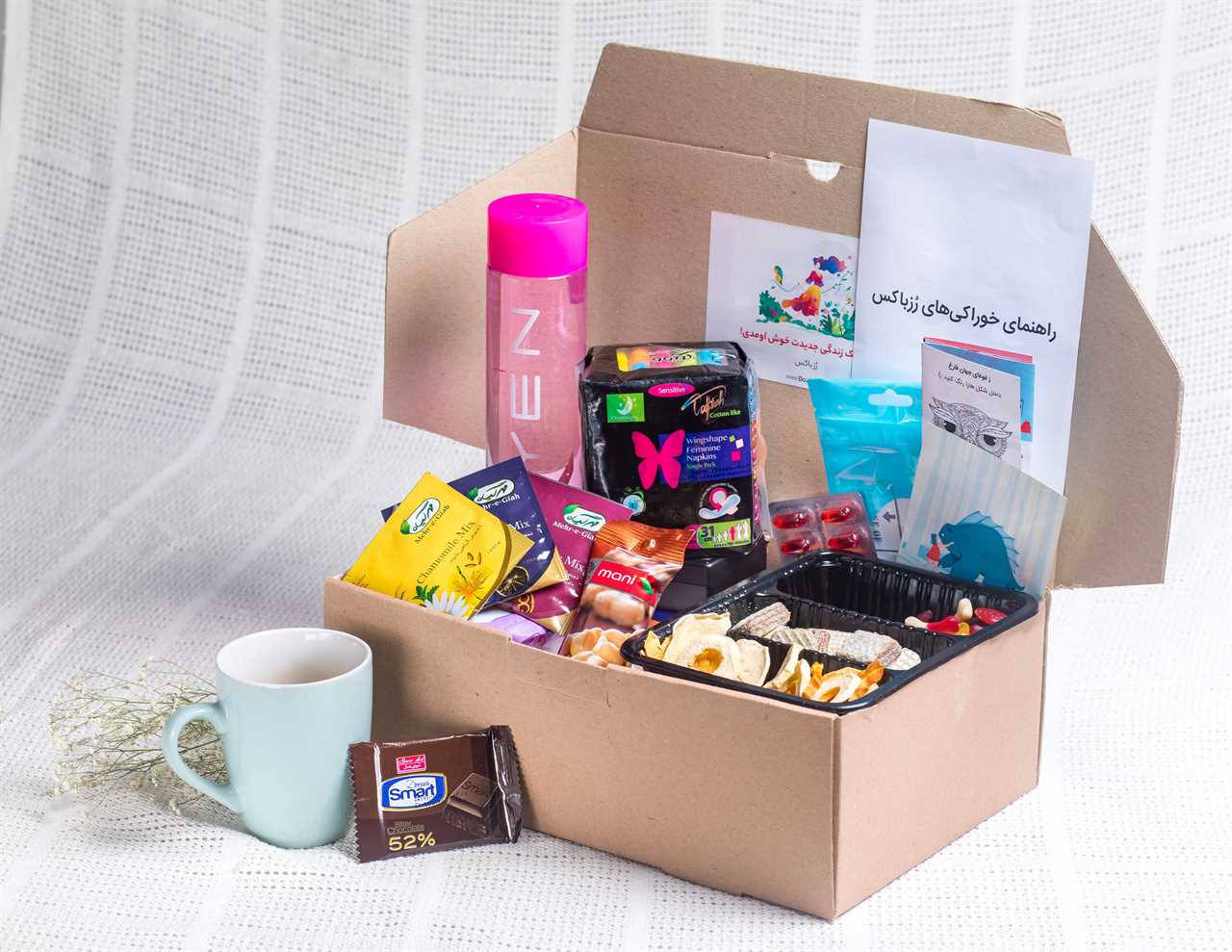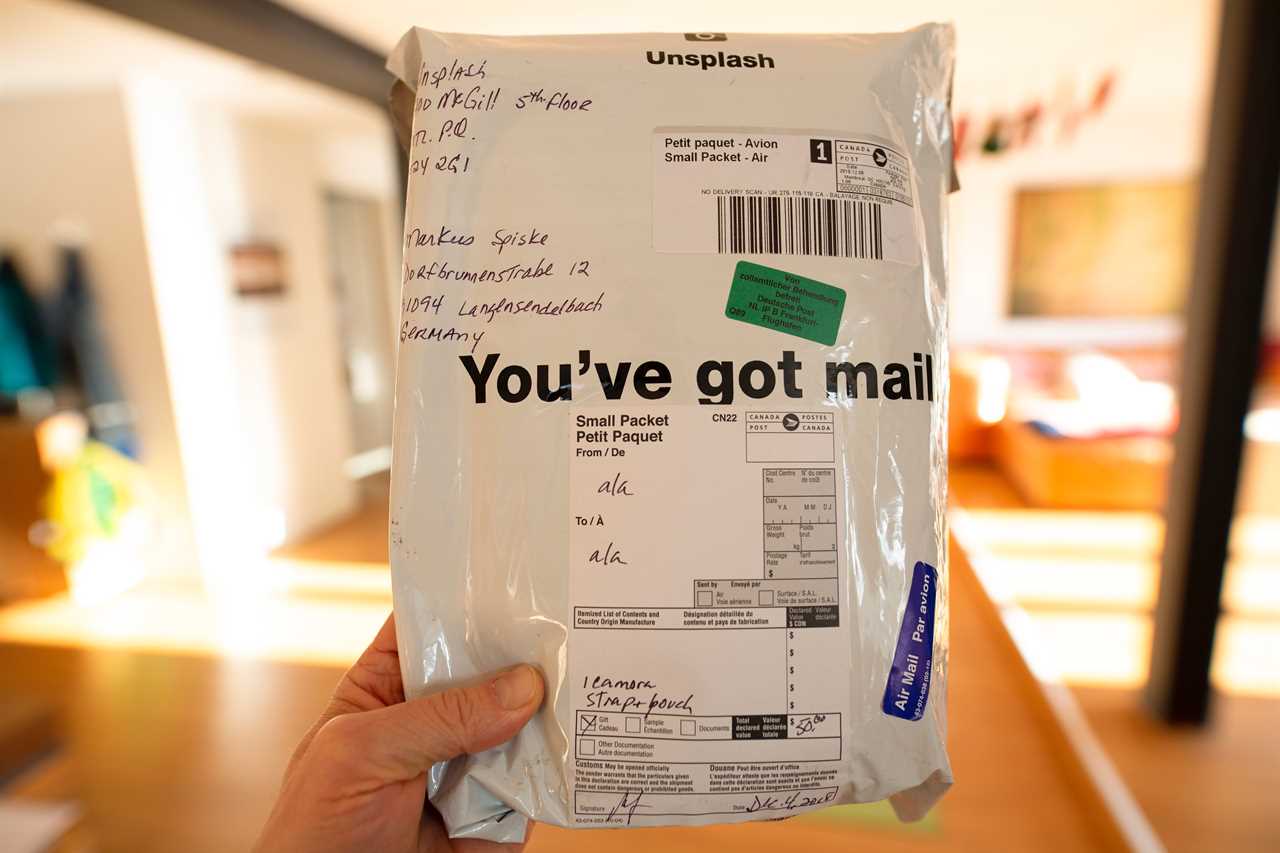
Streamline your order fulfillment and shipping with Amazon FBA (Fulfillment by Amazon). Sellers can automate their processes and focus on sales while Amazon takes care of warehousing, picking, packing, and shipping. Access Amazon’s extensive fulfillment network for fast and reliable delivery.
Choose the convenience of Buy Online, Pick Up In Store (BOPIS) functionality. However, consider the costs and fees associated with Amazon FBA. Enjoy the benefits of Prime shipping and the Amazon Buy Box, but be aware of potential drawbacks like limited control over returns.
Maximize your FBA sales with optimization, advertising, competitive pricing, and multi-channel fulfillment options.
Key Takeaways
- Amazon FBA is a service that automates order fulfillment and shipping for third-party sellers.
- FBA sellers can benefit from Amazon’s extensive fulfillment network and have the option to use BOPIS functionality.
- Sellers need to consider the costs and fees associated with FBA, including fulfillment fees and inventory storage fees.
- FBA provides logistics support, scalability, and access to Amazon’s Prime program, but it may not be suitable for all sellers and should be evaluated for cost-effectiveness.
How Amazon FBA Simplifies Order Fulfillment
Amazon FBA simplifies order fulfillment by handling warehousing, picking, packing, and shipping, allowing sellers to focus on sales.

By utilizing Amazon FBA, sellers can benefit from a range of advantages.
Firstly, it streamlines the entire fulfillment process, saving sellers valuable time and resources. With Amazon’s vast fulfillment network, products are stored in strategically located warehouses, ensuring fast and efficient delivery to customers.
Additionally, FBA sellers can optimize inventory management by leveraging Amazon’s advanced systems and tools. These tools provide valuable insights into inventory health, allowing sellers to make informed decisions about restocking and avoiding stockouts.
By outsourcing the logistics to Amazon, sellers can enjoy the freedom to concentrate on growing their business and expanding their customer base.

Overall, the benefits of using Amazon FBA for sellers include enhanced efficiency, improved customer satisfaction, and increased sales opportunities.
The Benefits of Amazon FBA for Sellers
By utilizing Amazon FBA, sellers can take advantage of a streamlined process that automates order fulfillment and shipping. This service offers numerous advantages for FBA sellers, ultimately impacting their sales.
Firstly, FBA provides logistics support and scalability, allowing sellers to focus on sales while Amazon handles the warehousing and shipping. FBA products automatically receive the Prime member badge and are eligible for Prime free shipping, increasing their visibility and attracting more customers.
Additionally, FBA sellers gain access to the Amazon Buy Box, which significantly boosts their sales opportunities. Furthermore, FBA offers shipping rate discounts through Amazon’s global fulfillment network, enabling sellers to reach a wider customer base.

Overall, Amazon FBA provides sellers with a hassle-free fulfillment process, enhancing their sales potential and ultimately providing them with the freedom to grow their businesses.
Understanding the Costs and Fees of Amazon FBA
Sellers should carefully consider the costs and fees associated with using Amazon FBA to ensure profitability. Calculating profitability and comparing FBA fees are crucial steps in making informed decisions. Here are four key factors to consider:
-
Fulfillment fees: These include picking, packing, shipping, handling, customer service, and returns. Sellers should compare these fees for both non-apparel and apparel products to understand the cost implications.
-
Inventory storage fees: Amazon charges fees based on the daily average volume of inventory, so it’s essential to assess the storage costs for your products.

-
Long-term storage fees: If your inventory remains in a fulfillment center for over a year, additional fees may apply. Evaluating the turnover rate of your products can help minimize these costs.
-
FBA calculator: Amazon provides a tool to calculate the profitability of using FBA. Sellers should input their product details, sales volume, and costs to determine if FBA is the right choice for their business.
Pros and Cons of Using Amazon FBA
Utilizing Amazon FBA can provide sellers with logistics support, scalability, and access to the Prime member badge. However, it is important to carefully consider the costs and fees associated with the service.
There are several advantages and disadvantages of using Amazon FBA that sellers should evaluate when considering the profitability of the service.

One of the main advantages of Amazon FBA is the convenience it offers in terms of order fulfillment and shipping. Sellers can focus on sales and marketing while Amazon takes care of the warehousing, picking, packing, and shipping processes. Additionally, FBA products automatically receive the Prime member badge, making them eligible for Prime free shipping, which can attract more customers.
However, it is crucial to consider the costs and fees associated with Amazon FBA. Fulfillment fees, inventory storage fees, and long-term storage fees can impact profitability. Low-cost items may not be suitable for FBA due to fee calculations. Sellers can use Amazon’s FBA calculator to evaluate the cost-effectiveness of using the service for their individual businesses.
Strategies for Maximizing Sales With Amazon FBA
To maximize sales with Amazon FBA, sellers can optimize their product listings with high-quality visuals, detailed descriptions, and relevant keywords. Here are four strategies for optimizing Amazon FBA listings:
-
Use high-quality visuals: Include multiple images that showcase the product from different angles and in use. High-resolution images can attract attention and help customers make informed purchasing decisions.

-
Write detailed descriptions: Provide comprehensive information about the product, including its features, specifications, and benefits. Use bullet points and concise paragraphs to make the description easy to read and understand.
-
Incorporate relevant keywords: Conduct keyword research to identify the terms customers are likely to use when searching for products like yours. Incorporate these keywords naturally throughout your listing to improve its visibility in search results.
-
Leverage Amazon’s advertising tools: Utilize sponsored ads and other marketing strategies offered by Amazon to increase visibility and drive traffic to your listings. This can help boost sales and improve your overall Amazon FBA marketing strategy.
Factors Influencing Success and Challenges for Amazon FBA Sellers
When it comes to being successful as an Amazon FBA seller, there are several factors that can influence your success and present challenges along the way.

One crucial aspect is product positioning, which involves understanding your target market and competition. By identifying a niche and optimizing your product listings with relevant keywords and compelling descriptions, you can improve visibility and attract more customers.
Another important factor is effective inventory management. As your sales volume increases, it becomes essential to manage your inventory effectively to avoid stockouts or oversupply. By utilizing Amazon’s inventory health report and forecasting tools, you can optimize your inventory levels and reduce costs.
However, it’s important to note that being an FBA seller also comes with its challenges. Limited control over returns and customer service, intense competition, fulfillment fees, and adhering to Amazon’s policies can all present obstacles on your path to success.
Frequently Asked Questions
How Long Does It Typically Take for Amazon to Process and Ship FBA Orders?
It typically takes Amazon a certain amount of time to process and ship FBA orders. Factors such as inventory availability, order volume, and shipping method can affect the processing time.

Can Sellers Choose Which Fulfillment Center Their Products Are Stored In?
Sellers can choose the location of their products’ fulfillment center based on their preferences. This allows them to optimize shipping costs and delivery times, providing them with more control over their order fulfillment process.
Are There Any Restrictions on the Types of Products That Can Be Sent to Amazon Fba?
Restrictions on product types exist for Amazon FBA. Eligibility criteria include non-dangerous goods, compliance with Amazon’s policies, and meeting packaging requirements. Sellers must ensure their products align with these guidelines before sending them to Amazon FBA.
What Happens if a Customer Returns a Product That Was Fulfilled by Amazon?
When a customer returns a product fulfilled by Amazon, the seller is eligible for FBA reimbursement. This ensures that sellers are not financially impacted by returns and can continue to focus on their sales and growth.
Can Sellers Use Their Own Packaging and Branding for Products Fulfilled by Amazon Fba?
Sellers have the option to use their own packaging and branding for products fulfilled by Amazon FBA. This allows them to maintain their brand identity and create a unique customer experience.




